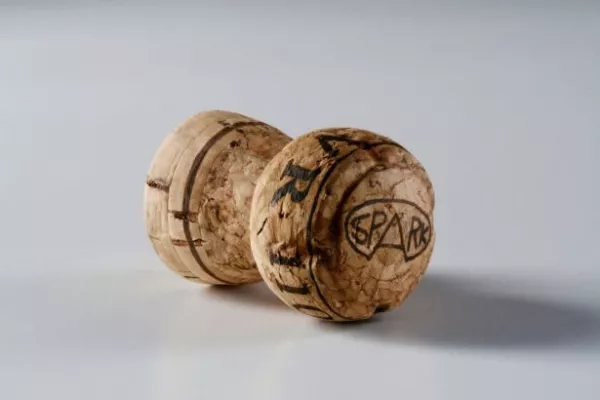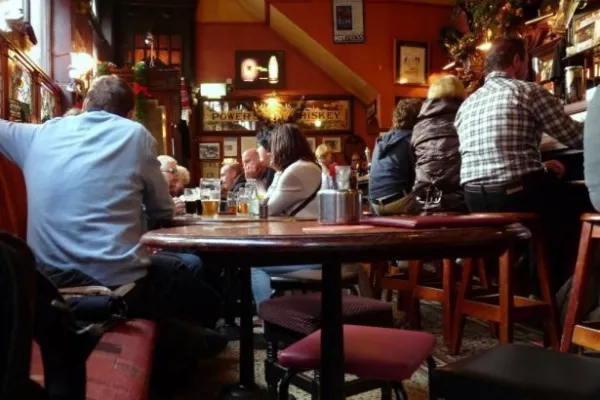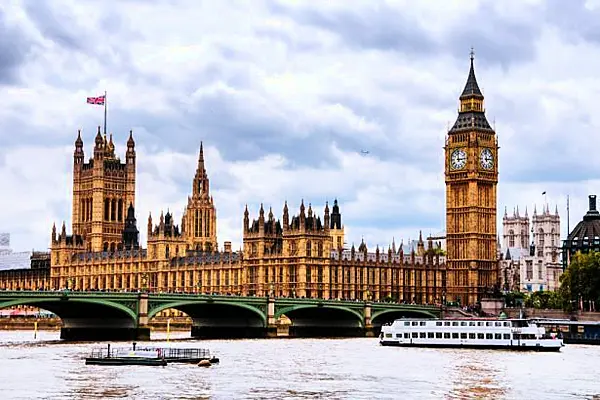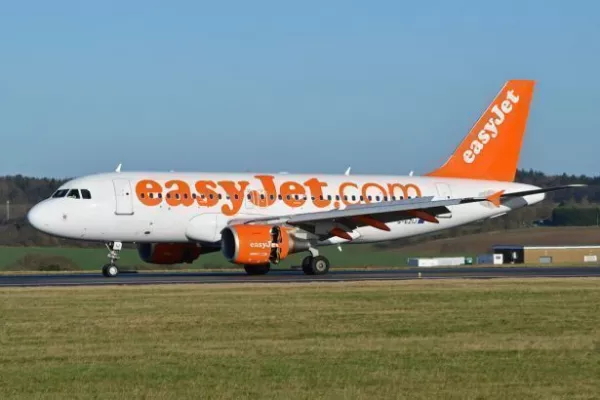Champagne house Taittinger is expanding into UK sparkling wine, building on experience the family-owned company has accumulated in its French vineyards over more than 80 years and also at Domaine Carneros, a venture it set up in 1987 in California’s Napa Valley winemaking region.
Taittinger is buying 69 hectares (171 acres) of land in Kent, southeast of London, in a venture with its UK agent Hatch Mansfield, and plans to plant about 40 hectares with sparkling wine grapes chardonnay, pinot noir and pinot meunier, with the aim of producing about 300,000 bottles annually.
The move comes nine years after Pierre-Emmanuel Taittinger, grandson of the company’s founder, bought back control of the family champagne business from U.S. investment firm Starwood Capital Group. The business had previously operated as part of a holding company that included Baccarat crystal and Hotel Crillon in Paris. Since becoming more focused, Taittinger has been riding a wave of export-led growth and is taking advantage of an opportunity to expand the range of its wineproduction.
“We believe we have found very good land,” Pierre-Emmanuel Taittinger said in a phone interview Friday, citing “the quality aspect of the project” as a reason for pressing ahead and describing himself as “a real lover of England.”
The land is a former apple farm on a belt of chalk near Chilham, close to Canterbury, and the vineyard once planted will be known as Domaine Evremond, named after a French soldier and writer who was exiled to England in the seventeenth century and helped introduce Champagne as a fashionable drink at the court of Charles II. Planting of vines will start from 2017 and the first wine will become available in about eight years.
“We found this site about six months ago,” Patrick McGrath, managing director of Hatch Mansfield, said on Friday. “We’ve done very extensive tests, we’re doing lots of soil analysis.” McGrath said the project had been under consideration for the past two to three years, and had been developed with the help of wine consultant Stephen Skelton.
The UK sparkling wine industry has expanded rapidly in recent years, part of a wider growth in English vineyards, which have quadrupled in area in the past 30 years to reach more than 1,500 hectares. There are more than 400 vineyards spread around the country, according to data from English Wine Producers.
In September Pierre-Emmanuel’s son Clovis, who handles exports for the company, was in London to launch its Comtes de Champagne Blanc de Blancs Brut 2006, made from 100 per cent chardonnay grapes grown on top vineyard sites. That Champagne is now on sale priced at £67.50 a bottle in bond at Bordeaux Index in London, putting it among premium champagnes on the market.
The 2006 vintage, reflecting the first year back under family control, was marked by hot conditions in July followed by cooler, overcast weather in August and a return of high temperatures in September, according to Taittinger’s website. It led to a blanc de blancs style that Clovis Taittinger described as “very lean, very racy, very athletic.”
Taittinger has 288 hectares of vineyards in the Champagne region, as well as the land at Domaine Carneros in California, and sales have grown steadily over the past eight years, even as the economy has been marked by weak growth and financial turbulence.
“This is for me remarkable, since in between we have been hit by the crisis, the difficult economy,” Clovis Taittinger said in September. “We had to rethink the distribution model, the marketing model. The last five years for Taittinger are five record years in a row.”
His father Pierre-Emmanuel said this week that the company now produces about 6 million bottles annually. According to Clovis, while French sales have remained broadly stable in recent years, exports have been growing and the company now ships to more than 140 countries. The UK is its biggest export destination, with other markets including the US, Germany, Japan and Australia along with Belgium, Switzerland, Spain and Scandinavia.
Clovis Taittinger said China also remains a market with “enormous potential” for Champagne, even if it hasn’t yet taken off.
“The roots, the seeds are solid,” he said during his visit in September. “We’ve not gone through a bubble. I really foresee that China in the next 10 or 25 years will be one of the two or three leading export markets for Champagne.”
Data from a London-based Liv-ex wine market blog in October showed that Taittinger 2005 and 2006 Champagne was at that time among the most active of more than 70 Champagne labels traded this year on that exchange, along with Cristal 2006 and 2007.
News by Bloomberg, edited by Hospitality Ireland









